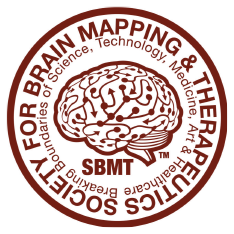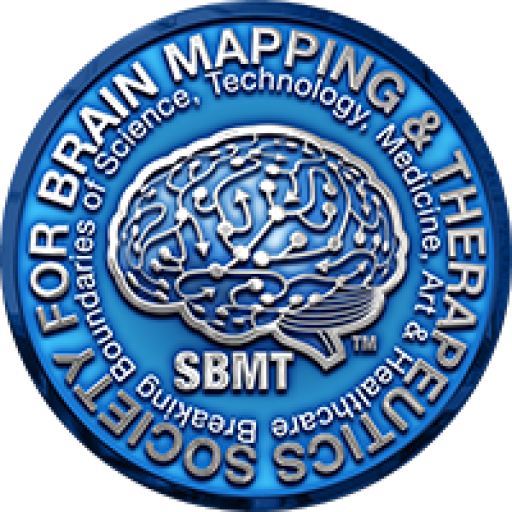
Jan 7 2010
WHAT:
Using laboratory mice that had been bred to have brain changes similar to Alzheimer’s disease, scientists were able to reduce two characteristic features of the disease by modifying the mice’s immune systems with a special peptide (MOG45D) related to the myelin sheath that insulates nerve cells and nerve fibers. As a result, anti-inflammatory cells were recruited from the blood into the brain, dampening the local inflammatory response.
An article published online by the Journal of Neurochemistry describes the immune intervention, its cellular and molecular mechanisms of action, and the effects on disease pathology.
WHO:
The study was conducted by scientists at the Maxine Dunitz Neurosurgical Institute at Cedars-Sinai Medical Center and the Weizmann Institute of Science in Rehovot, Israel. Michal Schwartz, Ph.D., the article’s senior author, and Maya Koronyo-Hamaoui, Ph.D., first author, are available to provide additional details.
Schwartz is visiting professor at the Center of Neuroimmunology and Neurogenesis in the Department of Neurosurgery at Cedars-Sinai Medical Center and professor of neuroimmunology at the Weizmann Institute in Rehovot, Israel. Koronyo-Hamaoui is assistant professor and principal investigator in the Neuroimmunology Laboratory in the Department of Neurosurgery at Cedars-Sinai.
DETAILS:
The most frequent cause of senile dementia, Alzheimer’s disease is associated with the overproduction of beta-amyloid peptides – molecules that accumulate as sticky deposits in the brain. These “extra-cellular” plaques (accumulating on the exterior of neurons) damage the cells and interrupt cell-to-cell signaling. Abnormal protein tangles (neurofibrillary tangles) inside neurons also lead to cell dysfunction and death.
CHEMUK – Highlights from 2022 eBook Compilation of the top interviews, articles, and news in the last year.Download the latest edition
Researchers seek to defeat the disease in several ways: by preventing plaque formation; treating existing plaque deposits; and repairing or replacing injured neurons.
In this study, scientists modified the cellular and molecular immune environment in the brains of laboratory mice bred to model Alzheimer’s disease with an altered myelin-derived peptide. This recruited anti-inflammatory cells into the brain, which diminished the effects of local inflammatory cells and boosted the action of an enzyme that degrades plaque and is associated with glial scar formation.
Source:
Cedars-Sinai Medical Center




